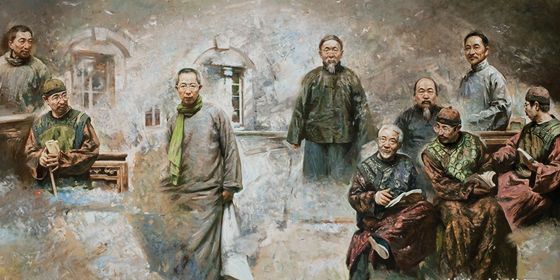Top 10 regional merchant groups in ancient China
- By Zhang Junmian
 0 Comment(s)
0 Comment(s) Print
Print E-mail China.org.cn, November 16, 2011
E-mail China.org.cn, November 16, 2011
Huizhou Group 徽州商帮
The Huizhou Group consisted of a number of remarkable businessmen from Huizhou Prefecture, which included today's Huangshan City and Jixi County in Anhui Province, and Wuyuan County in Jiangxi Province. The group's rise was closely tied with the geographical conditions of Huizhou, a mountainous area with a redundant labor force but lack of arable land, which forced the natives to engage in business and trade local specialties for a living.
The Huizhou merchants prospered for more than 300 years, from the middle of the Ming Dynasty (1368-1644) to the end of the reign of Emperor Qianlong (1736-1796) in the Qing Dynasty. At that time, more than 70 percent of the Huizhou males belonged to the group. During their peak, the Huizhou Group was one of the most successful merchant groups in China in terms of economic power, operation spectrum, capital amount, and talent.
The Hui merchants' footprints covered every corner of China, and even reached Japan, Southeast Asia and Portugal. Deeply influenced by Confucianism, they valued integrity and morality in operations, which helped them win great favor in the business circles. They specialized in trade of salt, as well as tea, wood and pawn-broking. However, the guild was the first of China's major merchant groups to decline and disappear, mainly because it lost its monopoly of salt trading on which it heavily relied during the reign of Emperors Jiaqing and Daoguang (1796-1850) of the Qing Dynasty.








Go to Forum >>0 Comment(s)